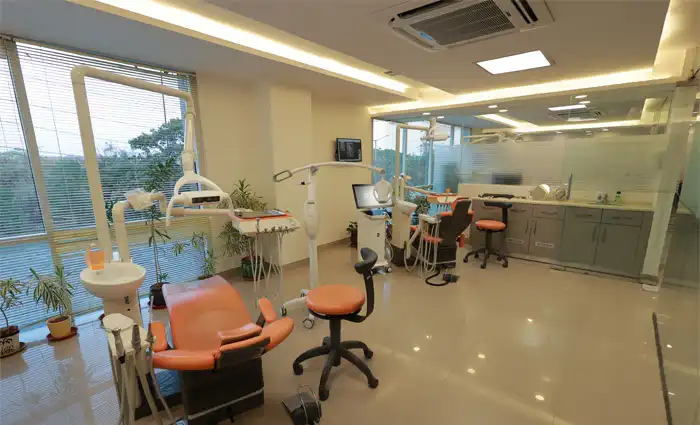Why is a Second Molar Implant Necessary & Your Best Option?
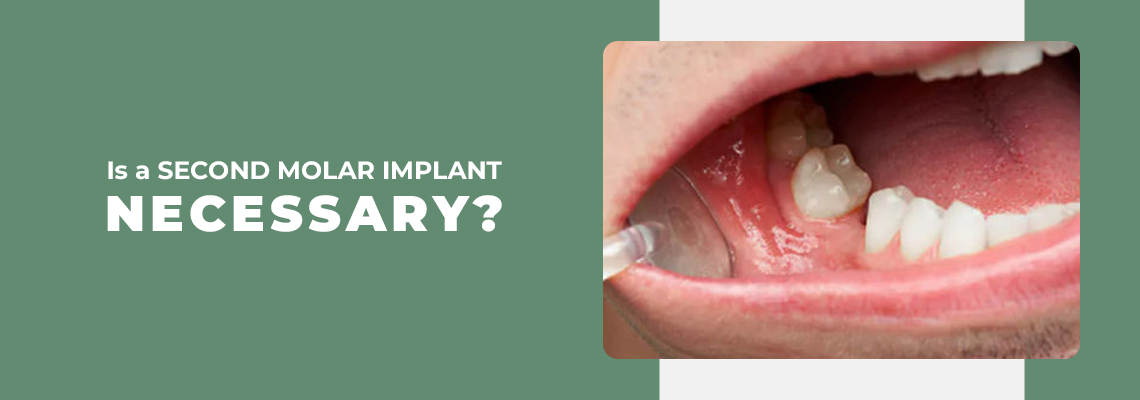
What Makes Second Molar Implant Necessary? – The Cost & Procedure
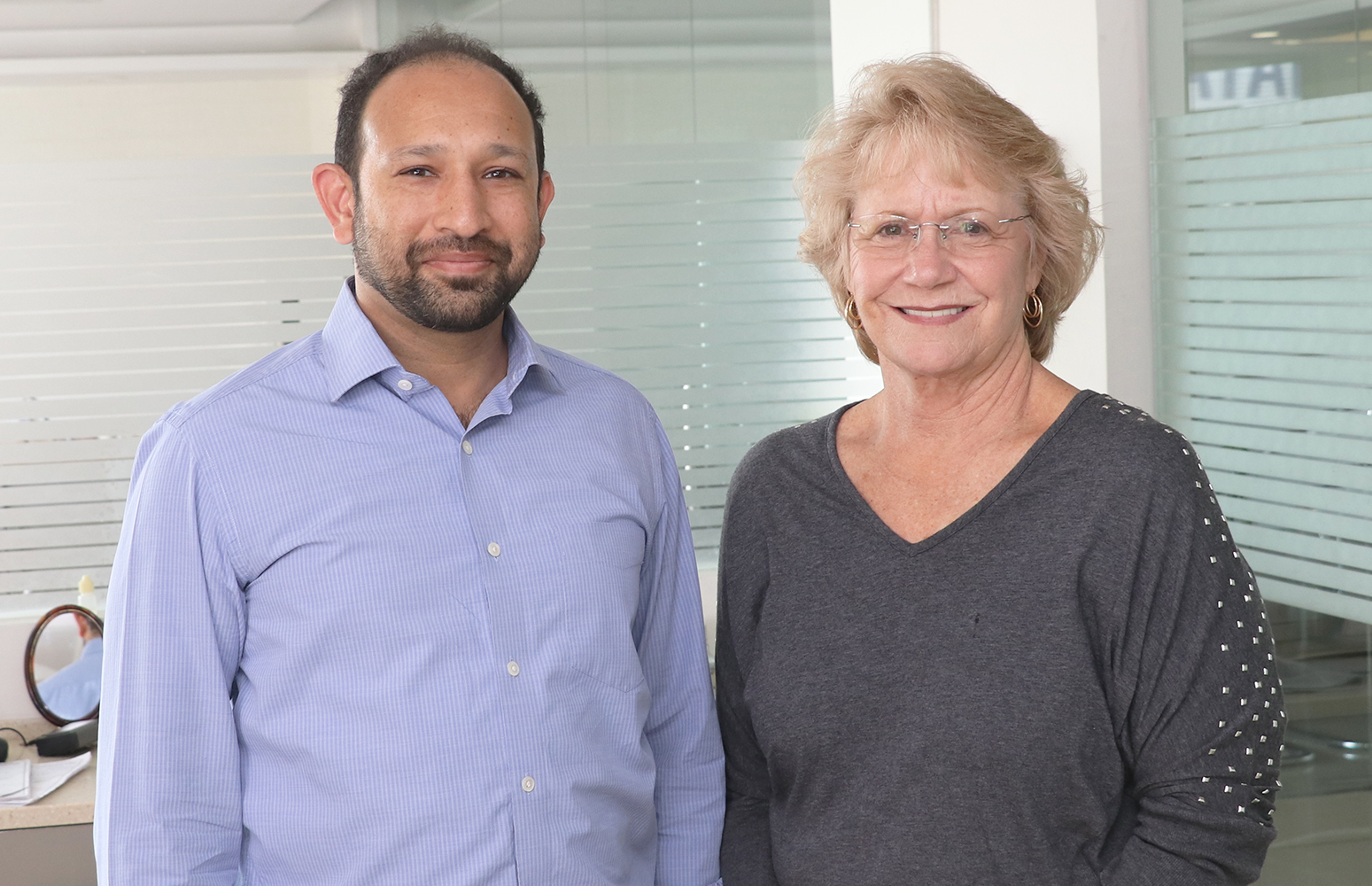
When a patient has missing molars or a missing second molar, the question of whether a second molar implant necessary arises. Most patients resist having their second molar replaced for a variety of reasons. The patients often think they can get away with not replacing the second molar. Because of the lack of bone volume or density in that region of the jaw, a normal dentist may rule out the possibility of repairing the second molar with a dental implant. When a patient is missing all of their teeth, the same regular dentist replaces even the second molars with dentures that have 28 teeth – 14 in the upper jaw and 14 in the lower jaw.
What if second molar implant necessary but it’s not replaced?
Excessive enamel loss occurs due to overburden on the remaining front teeth when molars are lacking. The decrease in vertical height is caused by dental enamel wear. Internal derangement of the temporomandibular joint is caused by a decrease in vertical height. A missing molar causes the neighboring teeth to collapse into the missing molar’s space. The reduction of vertical height is caused by the rearranging of the adjacent teeth.
So, Is Second Molar Implant Necessary? Yes, It Is A Must!
The following arguments are sufficient to persuade you that a second molar implant is necessary for appropriate jaw function.
- TMJ is classified as a Class-3 lever. A type-3 lever mechanism is equivalent to the TMJ joint and two jaws. For the optimum mechanical advantage, the food bolus (load) should be as close to the muscle (effort) as feasible in such a system. If the food bolus is placed towards the premolars and distant from the molars, the mechanical advantage is gone.
- The molars’ size and form have developed for grinding – compared to the rest of the teeth, the molars have a significantly larger chewing surface. The upper molars contain three roots, while the lower molars only have two. Because these molars are subjected to intense chewing pressures, they have acquired a large root surface area.
- Complete dentures include 2nd molars with a total of 28 teeth.
- A single missing second molar is always replaced. Sinus lifts are used to replace the first or second molar. Performing a full mouth dental implant restoration makes a second molar implant necessary.

What are the Second Molar Replacement Options?
The following choices for replacing lost molars are categorized based on the amount of bone present at the missing molar’s site and the implantologist’s ability.
SHORT IMPLANT: If there is at least 5-mm bone for implant, a short implant for missing molar is an excellent and uncompromised alternative.
CANTILEVER: The dangling second molar is retained as a cantilever in cantilever bridges placed on front teeth or implants. All of the weight is carried by the front implants or teeth. To withstand the strong bending stresses on the back tooth, the bridge must be composed of metal. The porcelain chips from the metal and the front teeth or front implants fail over time owing to compression pressures caused by excessive torque. Second molars are seldom formed, leaving only the first molar as a cantilever. Cantilever bridges are used to reconstruct 1st molars in techniques that use zygomatic implants or implants inserted in the canine premolar area, such as All on 4.
SINUS-LIFT SURGERY: For the restoration of upper missing teeth, sinus lift surgery and dental implants need numerous sessions and multiple surgical operations. The bone graft and implant must cure for 6 months before the crown may be placed.
PTERYGOID IMPLANT: If your oral condition deems a second molar implant necessary then Pterygoid implants are an excellent choice for replacing lost upper second or back molars. Basal implants include pterygoid implants. It engages the pterygoid bone’s cortical plates. This permits the top second molar to be loaded right away. With the Permanent teeth in 3 daysTM, there is no need for a sinus lift and the crown may be repaired in just 3 days.
The pterygoid implant is put in the upper jaw between the second and third molars. Because of its optimal location at the confluence of the second and third molars, the pterygoid implant avoids the cantilever bridge and a sinus lift surgery is no longer necessary.
| SHORT IMPLANT | CANTILEVER | SINUS LIFT | PTERYGOID IMPLANT | |
| IMPLANT POSITION | 2nd molar | Canine/ premolar area | On 2nd molar | 2nd molar |
| FULL MOUTH DENTAL IMPLANT TECHNIQUE | All on 8 | All on 4 All on 6 Zygomatic Implant | All on 8 | Permanent teeth in 3 days(TM) |
| IMAGES | 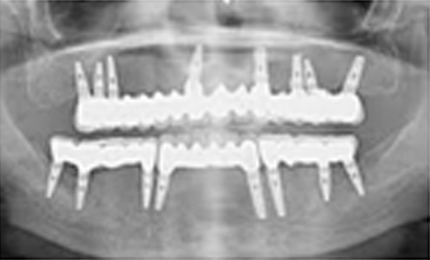 | 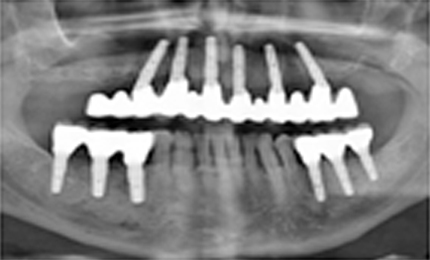 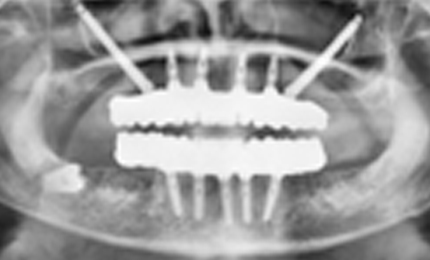 | 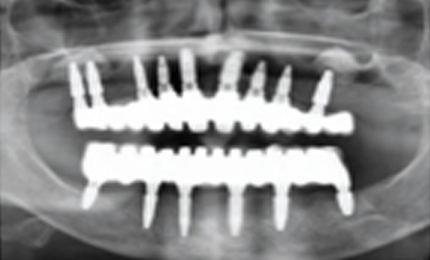 | 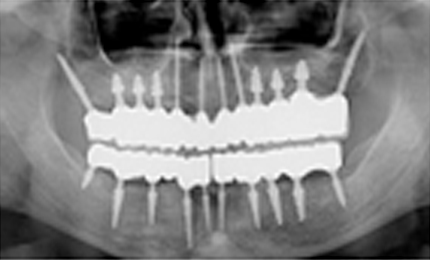 |
| BONE BELOW THE SINUS | At least 5mm needed | Less than 5mm | Less than 5mm | Less than 5mm |
| CROWN/BRIDGE REPLACEMENT | Delayed | Delayed | Delayed | Immediate |
| TIME FRAME | 3 – 6 Months | 3 – 6 Months | 3 – 6 Months | 3 Days |
| 1ST MOLAR | Present | Usually missing or reduced in size | Present | Present |
| 2ND MOLAR | Present | Missing | Present | Present |
Get More Details Here!
If your condition deems a second molar implant necessary, then you can learn more about the expenses and other treatment specifics by clicking on the links below.

















